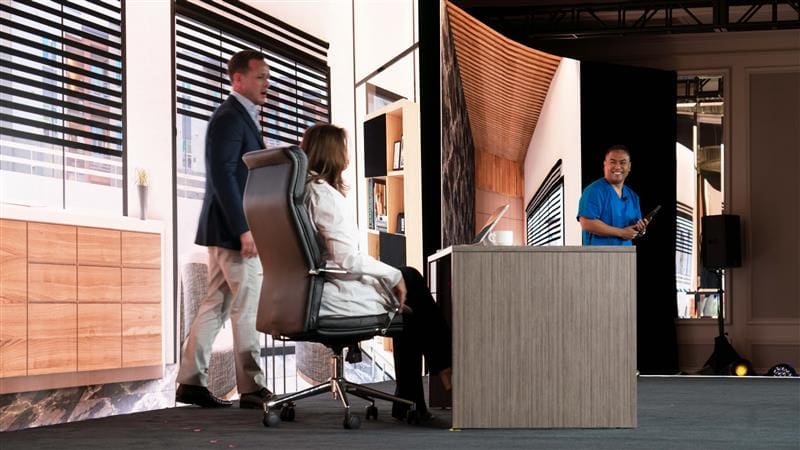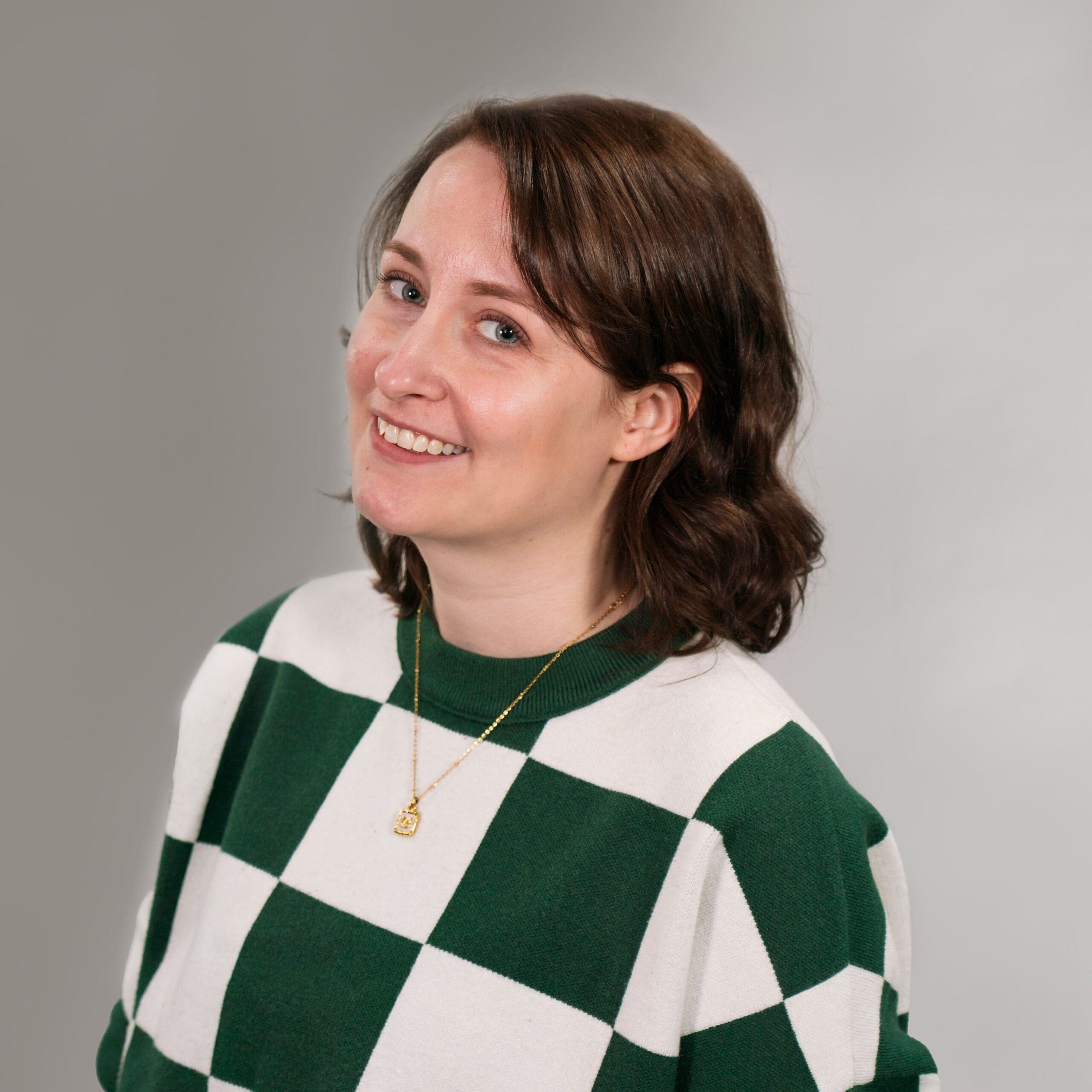
HOW LED STUDIOS AND VIRTUAL SETS ARE REVOLUTIONIZING FILMMAKING
The future of production looks bright with the addition of virtual sets and using LED panels to create walls, floors, and ceilings that can display different environments. The creative possibilities are endless. Check out this introduction to virtual production by Aputure and read more below for more!

(Source: Aputure)
LED Studios and Virtual Sets
Virtual production uses CGI, augmented reality, and motion capture to create immersive environments displayed on an LED screen. Virtual production follows a similar production process to regular filming, but with some added in stages.
In virtual production, cinematography and virtual world-building work together to bring environments to life in a way that is not always practical in real life. By adding real-time camera tracking, the background moves with the camera to create a parallax effect that adds realism of the environment.
A key component of virtual production is the visualization stage of production. Here in Previs (short for Previsualization) filmmakers can test out lighting, camera angles and movement within a virtual program. Although these unrendered versions aren’t final, they can give the crew an idea of how the final product will look.
Techvis is the next stage of virtual production where film crews will test out the equipment. The crew makes sure the camera movements will work with the stage and translate to post-production. This part of the process ensures all the technology works together to get the desired result.
Another great bonus to virtual production is the “stuntvis” stage. With computer simulations and real-world physics we can now test stunts out safely. This allows stunt artists to see the stunt play out and can add to it safely.
With the use of green/blue screens, you are trying to create the atmosphere without really knowing what is going on around you, but virtual production provides immediate visual context. The benefit of seeing the background is especially impactful for lighting; the LED screens act as natural light sources, casting realistic colors and tones that tie the virtual and physical elements together.
I love the creative abilities that virtual production allows. Backgrounds can be edited in real time, with lighting and object placements adjustable on the spot. This flexibility reduces time on set and allows actors to immerse themselves in the scene, often leading to fewer reshoots.
With the creation of environments in programs such as Unreal Engine, a lot of the effects are created before filming. Swapping some time with post-production, where keying out green screen would usually take place. But if an environment isn’t ready by production, the LED screen can easily be used as a “Green screen.”
Want to see more from Unreal engine and what virtual production is capable of? Check out this video:
AI-Powered Storyboarding
AI enters production
With tools like ChatGPT and Gemini, it’s no surprise that AI would also enter the production process. One cool AI tool, Storyboarder.ai, allows users to enter in your script, a general idea, or plot line to automatically generate a storyboard for you. This tool also creates a shot list that you can refine to truly make your ideas and vision come to life.
Case Studies and Industry Examples
Virtual Production in the Past and Future
The idea of virtual production is nothing new. Virtual production has evolved from early forms like projection to advanced LED screens. While projection has worked in the past, it is great to see technology improve to a greater height than previously imagined.
Virtual production has already been used on many films and TV shows like The Mandalorian, Fallout series.
The versatility of virtual sets is inspiring. As technology advances and becomes more widely accessible, I’m excited to see where it takes the production industry next.

(Source: Centrifuge Media – Live Event Product Launch Virtual Environment LED)
As an expert in video production, I hope you take these important areas into account when planning your next event. If you are seeking support in your planning process, contact us at hello@thecmiagency.com

Cameron Noel
Video Producer
Cameron Noel handles client video production needs. Anything from opening videos, to educational pieces. Noel loves to create and tell a story for clients with the use of video and motion graphics.